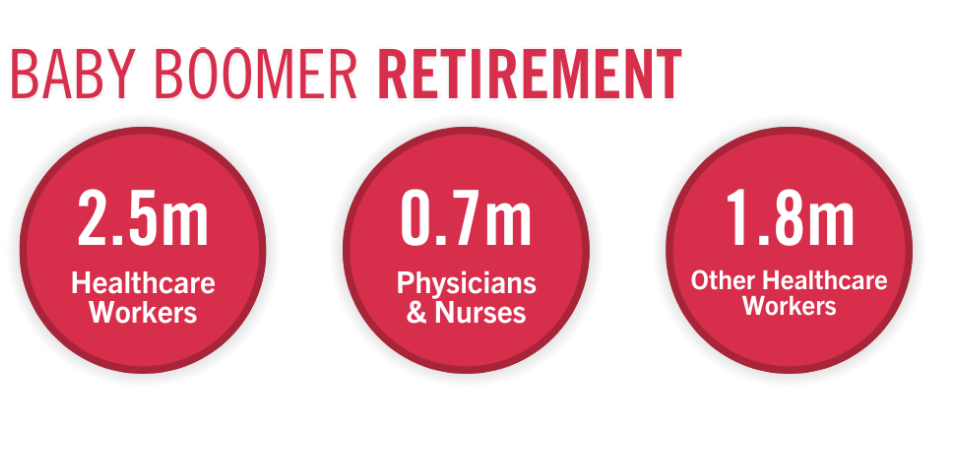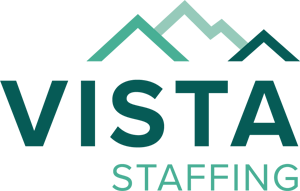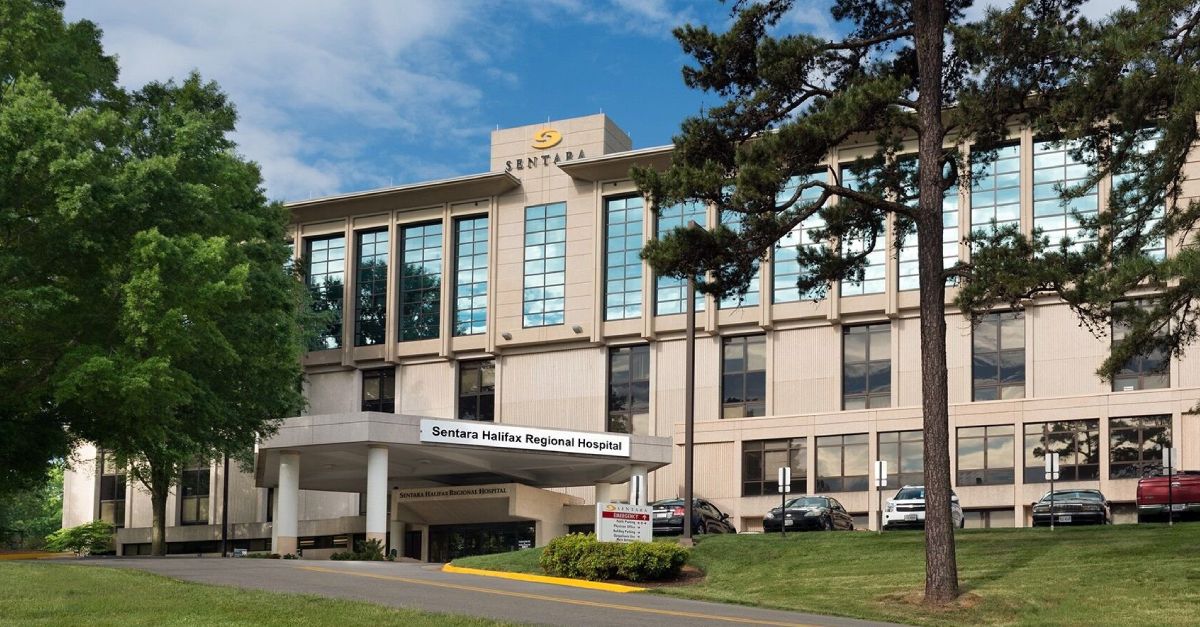
The Stark Financial Impact of Physician Vacancies on Hospitals
It’s not breaking news that hospitals nationwide are facing numerous physician vacancies. But do you know what even a single unfilled role is costing you? Or why you should fill it not only quickly, but carefully?
What Physician Vacancies Are Costing Hospitals
Amidst post-COVID burnout, many hospitals are seeing long-standing vacancies or a revolving door of dissatisfied employees. Last October, ABC News reported that healthcare workers were still experiencing mental health crises from harassment, overwork, as well as anxiety and depression at higher rates than before the pandemic.
That crisis has led many to leave their roles or to leave the profession altogether, but that’s not the only thing keeping Human Resources teams and CEOs up at night – there is also the looming issue of retirement. Studies show that 2.5 million healthcare workers from the Baby Boomer generation are about to retire in the coming years – 28% of which are physicians and nurses. In fact, the U.S. could face a shortage of 100,000 doctors by 2030.

These vacancies and time lost to hiring efforts add up in very real dollars for hospitals. Studies have shown that just one noninvasive cardiologist opening that sits vacant for six months costs a hospital about $1.15 million.
Your Staff is Waiting for Relief, Too
Every day that a position is vacant is another day that everyone on that care team must take on additional work to ensure quality care to their patients. And when a workplace is short-staffed for too long, especially during times when medical professional burnout is at an all-time high, a domino effect of staff departures is likely to occur.
A study published in 2023 in the International Journal of Environmental Research and Public Health found that “Burnout among healthcare workers adversely affects not only the department they work in but also their performance and the functioning of the entire healthcare system. It increases the risk of medical errors and adversely affects patients’ safety.”
The study also found long-term negative implications on hospitals as well from worker burnout, in terms of quality of care issues that could lead to reputation problems and negative medical outcomes through a self-perpetuating cycle of burnout and departures.
“Higher levels of burnout are also associated with greater patient dissatisfaction and increased patient and family complaints,” researchers found. And as a result, staffing could become more uneven. They concluded that “… burned-out physicians take early retirement more often, which, in turn, may delay or even prevent patient access to the most experienced physicians and stretch the waiting time for treatment. Moreover, the incidence of depression, drug and alcohol abuse, and suicide is significantly higher in physicians experiencing burnout.”
The Costly Problem of Temporary Staffing Solutions
Simply hiring temps or “locum tenens” workers to fill spots may seem like a great solution, but it’s short lived, quite literally. Once short-term workers leave, the whole hiring process has to start again, just months after it ended. Meanwhile, HR staff is stretched thinner while onboarding new hires – potentially burning out another team in your hospital.
In addition to time lost to hiring and onboarding, it takes time to plug in new team members to finely-tuned and highly trained departments, such as interventional cardiology and anesthesiology. And while you’re spending time ramping up, you’re unable to raise patient volumes that could increase revenues. You can’t add innovative new procedures that could help inspire physicians to stay and grow with your hospital.
Don’t Hire the Wrong Doctor!

If you make the wrong hire, that can add even more headaches to your team. Either the wrong personality, a skills mismatch, or simply someone who chooses to leave soon after arriving, can set your hiring team back months, as well as put a serious ding in everyone’s morale.
“All told, the cost of hiring a physician who doesn’t fit and then leaves can easily exceed $1 million when you consider the expense of recruiting, onboarding, and yet another vacancy and hiring situation,” notes Tony Stajduhar.
At VitalSolution, our extensive vetting process and emphasis on providing high-quality medical professionals ensures that the right candidate gets placed every time. We make sure that standards of care are met and provide guideline-directed medical care. We also regularly survey hospital leadership and medical peers to make sure everyone is satisfied. We use the results as a way of quickly identifying areas of opportunity – where improvements or efficiencies could be made.
VitalSolution Offers Hospitals Hope
Instead of a staffing band-aid, why not find quality talent who will find a great fit with your medical facility?
Our average placement time is 150 days and our average fill rate is 98%.
Seth Thomas, SVP of Sales
VitalSolution outshines other staffing options that only create temporary reprieves from the day-to-day hiring woes. We’re not only quick to find you a great fit, but we’re able to tap our deep roster of talented professionals to find the right fit for any need.
“On average it takes hospitals 15 months to recruit a physician and it takes physicians another 18 months to get up to speed,” notes Seth Thomas, Senior VP of Sales at VitalSolution. “In high-demand fields like cardiology and anesthesiology, it can take significantly longer and the lost revenue from the service gaps is in the millions. At VitalSolution, our average placement time is roughly 150 days.”
Our interventional cardiology and anesthesia professionals are placed with multi-year contracts, with careful attention to making sure they’re well-suited to your hospital. We’re invested in making sure that your cardiology and anesthesia programs succeed since we’re led by physicians who know a thing or two about the world of hospitals.
And that’s just part of what makes VitalSolution stand out when it comes to ensuring that quality healthcare is delivered to everyone, regardless of their location.
Contact us for more information on how our model can benefit your anesthesiology and cardiology service lines.
 company
company 
 (866) 755-7519
(866) 755-7519











